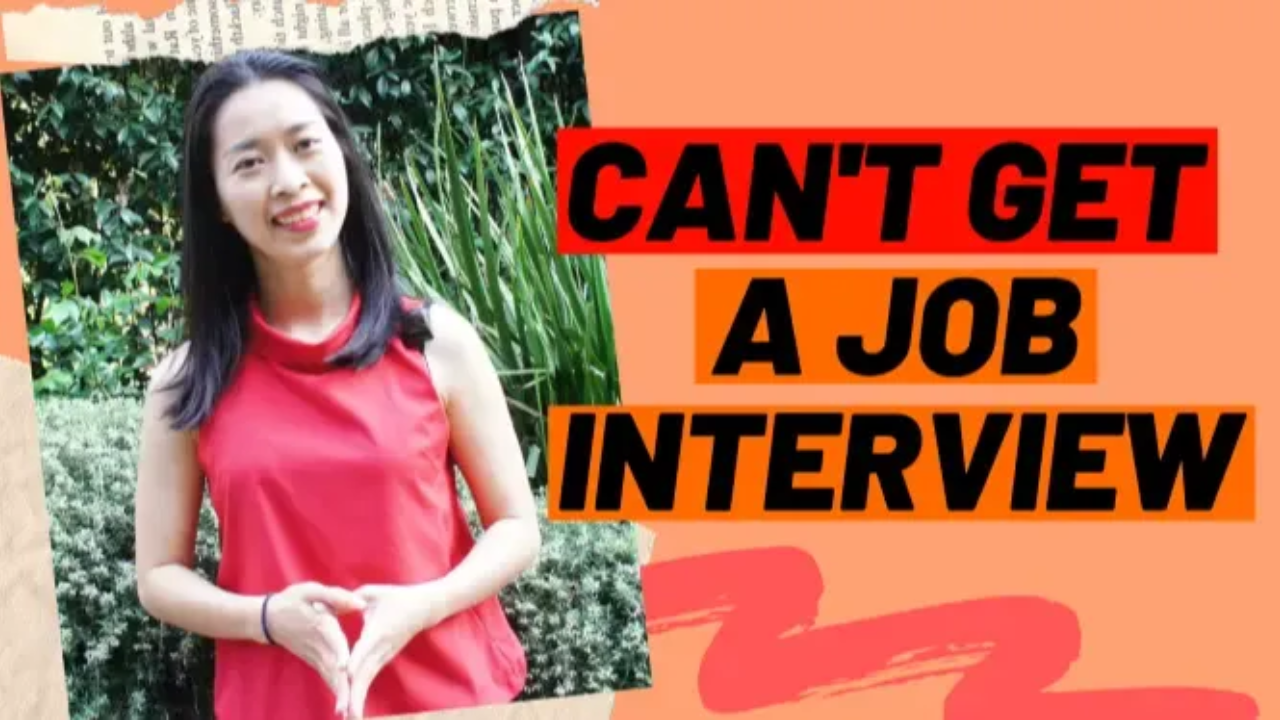Why Am I Not Getting Interviews? 5 Common Reasons & How to Fix Them

You’re a skilled migrant or international student in Australia, and you’ve been sending out job applications for weeks—or maybe months—without getting a single interview. Not even a phone call. It’s frustrating, disheartening, and leaves you wondering: Why am I not getting interviews?
If this sounds familiar, you’re not alone. Many job seekers—especially those new to Australia—struggle to understand why their applications aren’t getting responses. The truth is, the problem is rarely just one thing. More often, there’s a combination of factors silently working against you.
Let’s break down the five most common reasons why you’re not getting interviews, and what you can do to turn things around.
1. Your Resume Was Screened Out by ATS
One of the biggest reasons job applications fail is because they never make it to a human. Instead, they’re filtered out by an Applicant Tracking System (ATS)—a software used by employers to manage the huge volume of applications they receive.
Here’s how it works:
- The ATS scans your resume and cover letter for keywords and phrases that match the job description.
- If your application doesn’t include enough of the right keywords, it gets automatically rejected.
- The hiring manager may never even see it.
Since many job postings in Australia attract 100–200 applicants (and recruiters may be hiring for multiple roles at once), ATS helps them quickly cut down the list.
How to fix it:
- Carefully read the job description and note the exact keywords they use (e.g., “project management,” “data analysis,” “stakeholder engagement”).
- Naturally integrate these into your resume—especially in your work experience and skills sections.
- Use a clean, simple format with standard headings (e.g., “Work Experience,” “Education”) so the ATS can easily read it.
2. Your Application Didn’t Impress the Hiring Manager
Even if your application gets past ATS, it still needs to impress a human reader. The challenge? Hiring managers skim resumes for an average of 6–8 seconds before deciding whether to keep reading.
If your application is cluttered, generic, or fails to highlight your most relevant achievements right away, it’s likely to end up in the “no” pile.
How to fix it:
- Put your most impressive and relevant information in the top third of your resume.
- Use clear, results-focused bullet points:
- Instead of: “Responsible for managing projects”
- Say: “Managed 5 concurrent projects, delivering all on time and under budget.”
- Tailor every application—don’t rely on one generic resume for all jobs.
3. You’re Not Showing Your Qualifications Effectively
You might have the right skills and experience, but if your resume doesn’t clearly demonstrate this, employers won’t make the connection. This is especially common for skilled migrants whose overseas experience is highly relevant—but not presented in a way that resonates with Australian employers.
How to fix it:
- Use specific examples to show how you’ve applied your skills in past roles.
- Quantify achievements wherever possible: revenue increases, cost savings, time saved, number of clients served, etc.
- If you lack direct experience in a specific area, highlight transferable skills from previous jobs.
4. You Didn’t Follow the Application Instructions
It sounds basic, but not following instructions is a surprisingly common reason applications get rejected. For example:
- Submitting a PDF when the ad requested a Word document.
- Forgetting to include a cover letter when it was specifically requested.
- Failing to answer pre-screening questions on the application form.
For busy recruiters, ignoring these instructions is an easy reason to reject an application.
How to fix it:
- Always double-check the application requirements before hitting “submit.”
- If they request specific documents or formats, follow them exactly.
- If the application form has visa status questions, ensure you answer accurately.
5. Your Visa Status Is Causing Concern
In Australia, visa status can be a deciding factor—especially for skilled migrants and international students. If you don’t have full work rights, many employers won’t consider your application. Even if you do have the right visa, failing to make that clear can cost you interviews.
How to fix it:
- Be upfront about your visa status in your resume or cover letter, especially if it includes full work rights.
- If the online application form doesn’t have an exact option for your visa, choose the one that most closely matches and explain further in your cover letter.
Final Thoughts
If you’ve been asking yourself “why am I not getting interviews?”, the good news is that most of these issues are fixable. It’s about understanding the hiring process, tailoring your applications, and presenting your skills in a way that resonates with both ATS software and human recruiters.
By making these adjustments, you can dramatically increase your chances of getting noticed—and getting invited to interviews.
Frequently Asked Questions
- How long should my resume be in Australia?
For most job seekers, 2–3 pages is ideal. Focus on relevant experience and cut older, unrelated roles. - Should I always include a cover letter?
Yes—unless the job ad says not to. A tailored cover letter can help you stand out. - How do I know if my resume passes ATS?
You can use online ATS-friendly resume scanners to check keyword matches before applying. - How soon should I follow up after applying?
Wait about one to two weeks, then follow up with a polite email to the recruiter or hiring manager.
Ready to Get More Interviews?
If you’ve been applying for jobs without results, my Skilled Job Starter Kit can help. It includes proven resume templates, LinkedIn profile tips, and interview strategies that have helped hundreds of international students and skilled migrants land jobs in Australia.
Get Your Free Skilled Job Starter Kit Here


